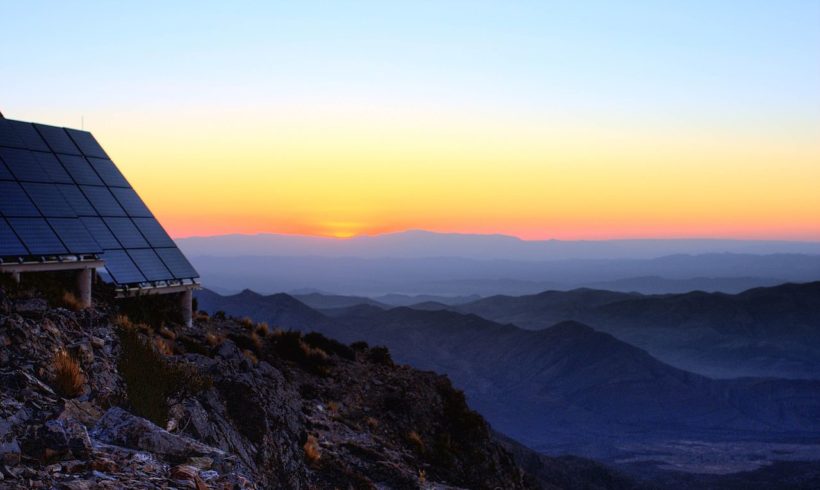By DR. FRIDRIK LARSEN Retail energy strategy is about finding the right positioning and implementing it. Energy company branding is not simple for energy providers,...
Archive for category: clean energy
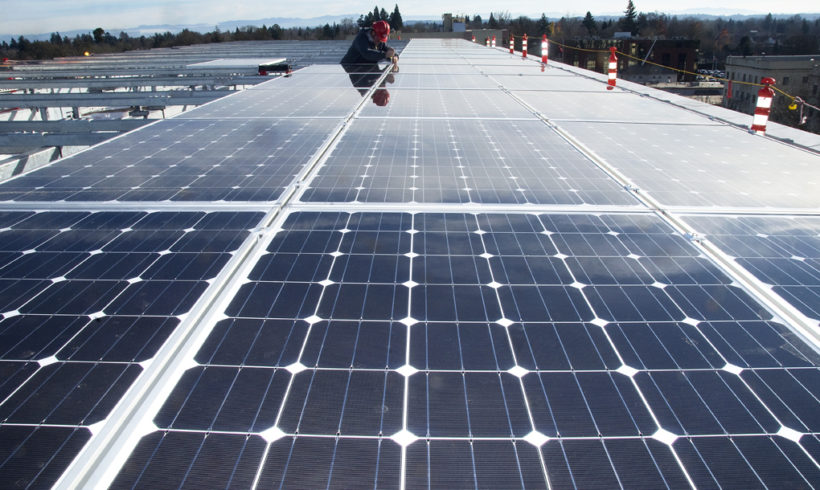
Virginia’s rural co-ops learning lessons with community solar
Last month, the Virginia State Corporation Commission (SCC) approved three-year pilot community solar programs for four distribution co-ops served by the Old Dominion Electric Cooperative (ODEC), based in the Richmond suburb of Glen Allen. They are A&N, Mecklenburg, Northern Neck and Rappahannock. In addition, applications by two other distribution co-ops also served by Old Dominion — Shenandoah Valley and Southside — are pending before the SCC.
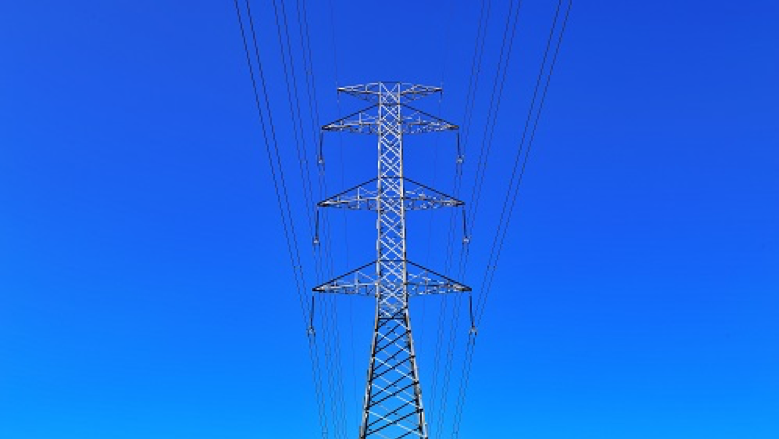
What is the Affordable Clean Energy rule and how does it compare to the Clean Power Plan?
On August 20, Acting Environmental Protection Agency (EPA) Administrator Wheeler signed a notice of proposed rulemaking called the Affordable Clean Energy (ACE) rule, the next step in developing the Trump Administration’s much-anticipated replacement to the Obama-era Clean Power Plan.
The Affordable Clean Energy rule establishes guidelines for states to develop carbon emissions reductions standards for existing coal-fired power plants.

D.C. Wants You: Our Nation’s Capital is a Hub for Green Jobs
Leaders in Energy held its 5th Annual Green Jobs Forum on “Growing a Clean Regional Economy” on August 16, 2018 at the Metropolitan Washington Council of Governments. The event featured two moderated panels for guests and exhibitors. The first panel, “What’s Going on in the DMV on Green Jobs?” featured four panelists: Todd Beazer, Dr. Taresa Lawrence, Ashante Abubakar, and Natalie Monkou, and was moderated by Janine Finnell.
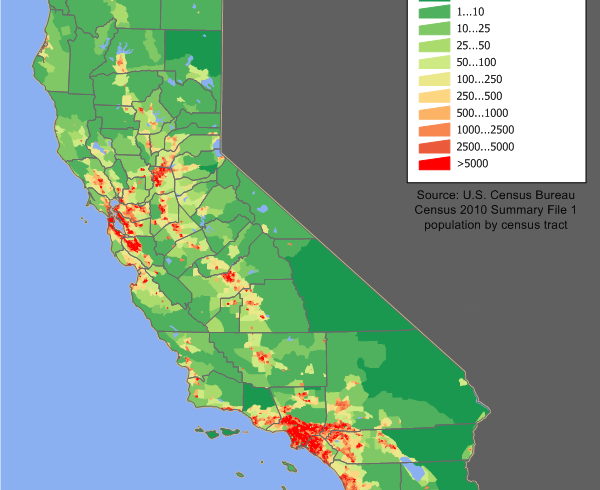
The Community Choice Energy model is gaining momentum in California. Can this knowledge be transferred to Europe?
In my previous post I introduced the concept of Community Choice Energy (CCE) business model and how cities and local governments in California are gaining momentum in leading the way towards sustainable energy transition at the local level.
There is definitely an interesting situation. Contrary to what the federal government is doing, California is moving forward with an increasing amount of renewable energy added to its portfolio standard, and doubling its energy efficiency goals. According to data collected by Bloomberg, a significant part of the U.S. growth can be tracked to California laws promoting clean energy. Indeed, ‘California clean energy companies reported annual revenue growth of 26 percent and they turned more revenue into profit with an average gross margin of 46 percent’.
In this suitable window, CCE model is gaining momentum by creating a domino effect. With eight operational CCEs, eight emerging CCEs, and more than twenty cities and counties currently exploring this opportunity, the CCE model is booming all around California.
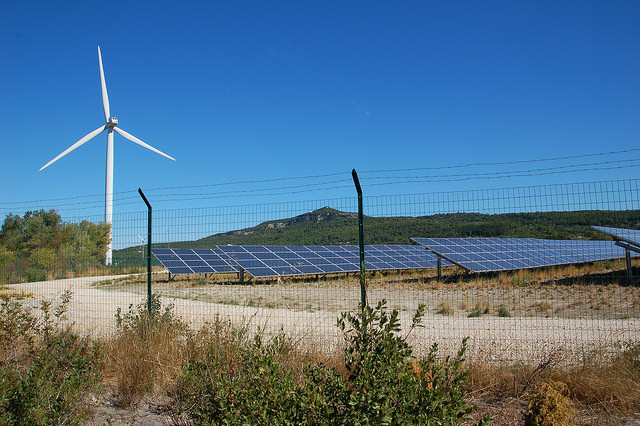
France’s Energy Future with Macron at the Helm
France is in the enviable position of having among the lowest energy costs in Europe, coupled with low carbon emissions--thanks to 58 nuclear plants that provide 75% of France’s total energy consumption. As a result of nuclear investment, France is currently the largest net-exporter of energy in the world, bringing in revenues estimated at 3 billion euros annually.
But the French nuclear plants were designed with an expected 40-year life-span, and their average age is now 35 years. And France, while using a high percentage of recycled nuclear fuel in power production, still faces the problem of how to handle waste products. Thus, the government faces a choice: invest in renewing the fleet of nuclear plants or invest in renewables—or support a mix of the two. Decommissioning old nuclear plants, building a new generation of plants, developing a system of renewables—all these options come with significant price tags.
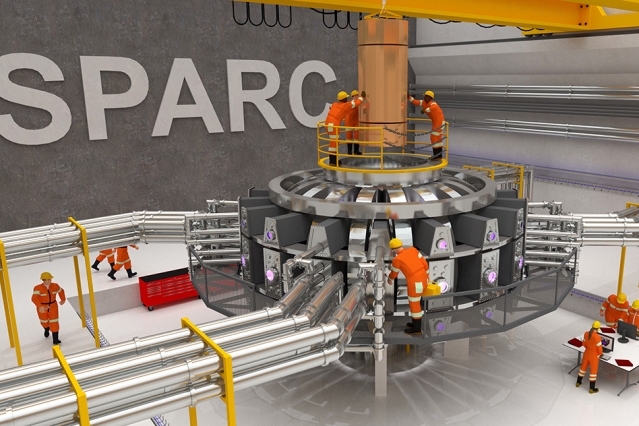
Limitless: The Race to Create the Sun on Earth
A research group at MIT says nuclear fusion is within years of being commercially viable. And a European project, the International Thermonuclear Experimental Reactor (ITER), is also aggressively moving toward development of nuclear fusion power. Is this the dawn of a new nuclear age—safe, sustainable energy from nuclear fusion?
The joke about energy from nuclear fusion is that it is always just 20 years away. In the 1950s, researchers hoped that they could solve our energy crisis by building a sun on earth. They predicted that it would be possible to harness the sun’s energy-making processes, known as nuclear fusion. If successful, this process would allow humans to use the abundant hydrogen on earth to provide limitless energy, while avoiding the potential catastrophic risks of nuclear fission reactions and generation of toxic nuclear waste.
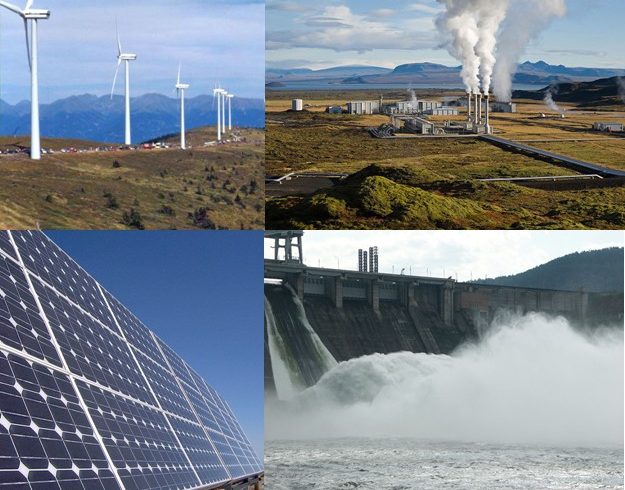
Why Domestic REC’s Should Take Precedence in Maryland
Maryland’s Renewable Energy Portfolio Standard (RPS) serves two purposes: to promote the growth of a renewable energy industry, and to increase the production of renewable energy resources in the state.
The Renewable Portfolio Standards are often touted as a policy that has generated both economic benefits and jobs in the state. But the data presented here shows that these claims may not hold up.

GREEN LEADERS RETREAT is JUNE 8th! Accelerating Local Community Solutions Using the UN Sustainable Development Goals
By Janine Finnell, Executive Director, Leaders in Energy On Friday, June 8th, 2018, green leaders from across the Washington Metro region will explore how to...

Recruiting expert shares industry insight with green career professionals
Over the years, Leaders in Energy has been a conduit to connect employers with job seekers, suppliers with the emerging demands of the market, innovators with investors, and thought leaders with an action network. Each year Leaders in Energy organizes a series of events and workshops to help people explore different options to build a career in the green economy and to assist them in tailoring their expertise to the requirements of the rapidly evolving sector.
The first session of the Green Career Momentum Series was held on April 19th, 2018 at The McCormick Group, Arlington VA. Chery Bedard, Principal at The McCormick Group, spoke about her several decades of experience in recruiting specialized talent to match the requirements of clients.


